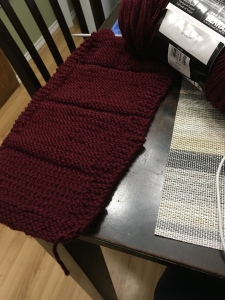Last week, my ecmp355 class had a discussion on coding. Being in an education technology class, of course, coding needs to be discussed; however, why is it important for students to learn to code? I believe that our society relies heavily on technology and students need to learn to code in order to be prepared for the workforce. However, there are other reasons too, In a blog called “This is Why Kids Need to Learn to Code,” the author Doug Belshaw discusses and has very good points on why students need to learn code. His three reasons are:
- Problem Solving- This is a very important skill for any person to have and while you are coding you are problem-solving. Figuring out why the program will not run the way you want it to run can be a frustrating thing but you learn to use logic to figure out the program.
- Digital Confidence – Yes, student know how to use Snapchat, Instagram, facebook and twitter and they love to play their games, but do they understand how the programs work? Learning code helps to build their confidence in running their own program. Many digital CEO’s have learned to code this programs and now making games for others to enjoy. The creator of Bubble Ball was a 14-year old that learned to use the machine language of Corona SDK and created a game that knocked Angry Birds off the top spot of gaming charts.
- Understanding the world around you – The argument here is that by learning to code you start to understand that the people that are coding are no smarter than you are. This allows students to gain confidence and they start to create their own digital identity through coding.
I decided that reading about coding was one thing but trying it out is another. I decided to work on the hour of code and go through the puzzles to learn how to code. I loved it! I’m not going to lie I may have been a nerd for about an hour.

This was an easy puzzle but I just can not figure out my left turns from my right.

In this puzzle I could not figure out the turns. I like Code.org for the simple fact you progress at a slow rate and you can choose the difficulty. I also was able to solve these puzzles with a student I work with at the high school. For being a student that is on alternative programming, he was able to talk me through what I needed to do and not do. He also had a great time laughing at me when I made a mistake. I think this speaks volumes for coding, student no matter their abilities are able to learn to code. I think it is fantastic and can not wait to have my students learn to code.








Recent Comments